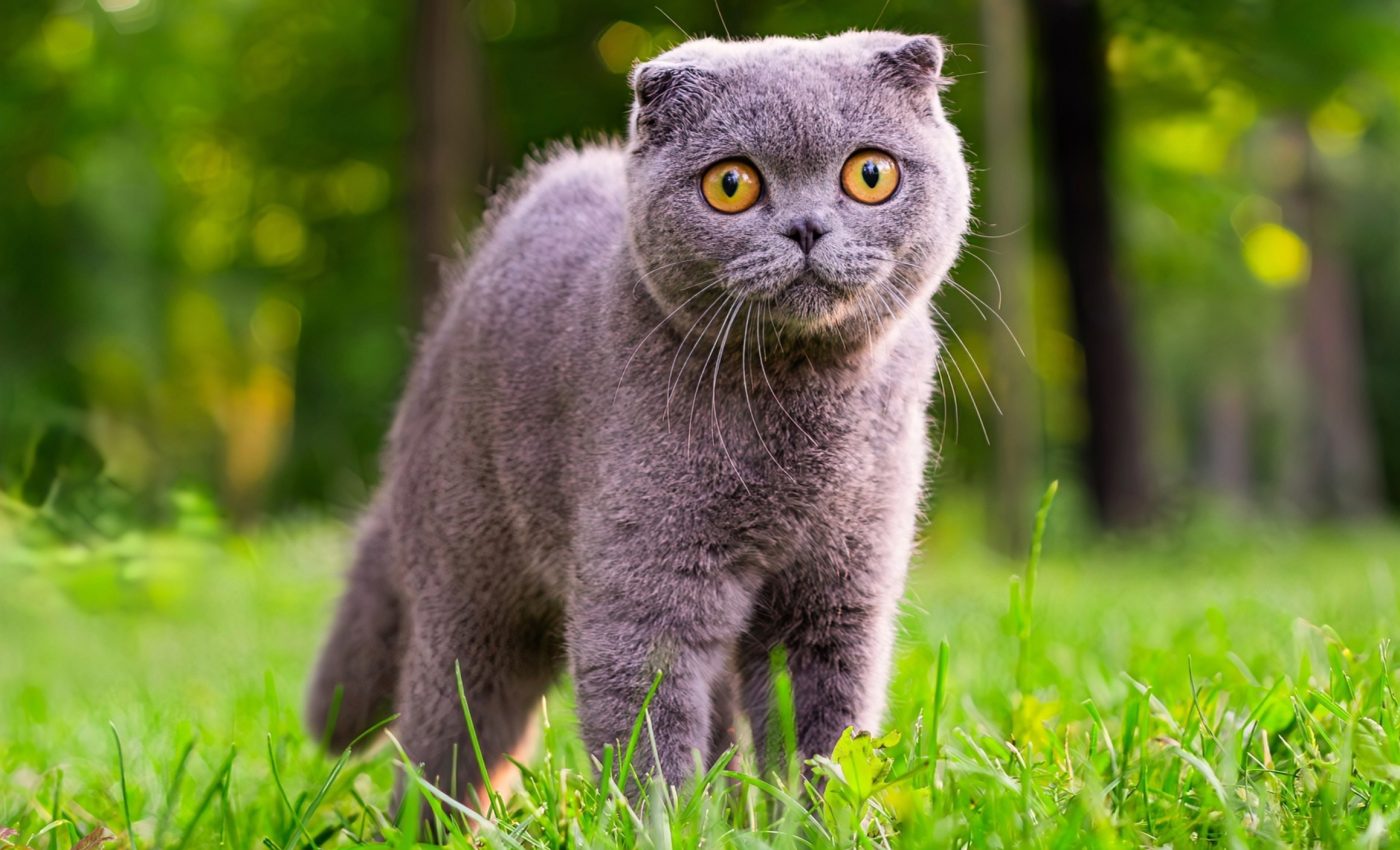
Feline coronavirus is passed between domestic and wild cats
The first genetic evidence of feline coronavirus (FCoV) transmission between a captive wild and a domestic cat has been uncovered by researchers at the Cornell University College of Veterinary Medicine.
This breakthrough, made possible by an innovative hybridization-capture next-generation sequencing technique, could have significant implications for addressing feline coronavirus and other diseases.
Transmission pathways of feline coronavirus
Gary Whittaker is the James Law Professor of Virology at the University of Illinois and corresponding author of the study. “We don’t fully know what FCoV is capable of and how it transmits,” noted Professor Whittaker.
This new research sheds light on the transmission pathways of feline coronavirus and its potential consequences for both domestic and wild cats.
Study first author Ximena Olarte Castillo is a postdoctoral associate in the lab of co-author Laura Goodman, assistant professor in the Department of Public and Ecosystem Health and the Baker Institute for Animal Health.
Two distinct types of feline coronavirus
Together, the experts investigated the transmission dynamics of feline coronavirus, focusing on two distinct genotypes of the virus, types 1 and 2. These genotypes are distinguished by their spike (S) protein, which influences the kinds of cells the virus can infect.
Specific mutations in either version of feline coronavirus can cause the virus to transition from a low pathogenic form to a highly pathogenic one.
Feline infectious peritonitis
While feline coronavirus generally causes mild symptoms in most domestic cats and can persist for years without major problems, some strains mutate and lead to feline infectious peritonitis (FIP).
First described in 1963 by Jean Holzworth, feline infectious peritonitis is a severe disease that often results in systemic and neurological issues.
Until the recent development of antiviral treatments, including the compound GS-441524, feline infectious peritonitis was almost always fatal. Currently, there is no effective vaccine to prevent FIP in cats.
Transmission risks for wild cats
Due to their genetic proximity to domestic cats, wild felids may also be vulnerable to feline coronavirus infections and feline infectious peritonitis.
Wild cats are at risk of contracting diseases like feline coronavirus when they come into contact with food meant for stray domestic cats, increasing the likelihood of transmission.
Recently, Professor Whittaker and other researchers have been investigating a new outbreak of FCoV-2 among feral, stray, and free-roaming cats in Cyprus, where there has been a sharp rise in virus-related deaths.
How feline coronavirus spreads
The study also revisits a 2008 case of FCoV-1 transmission between a domestic cat and a young Pallas’ cat at a U.S. zoo. Both animals shared a room and died from feline infectious peritonitis.
Using frozen tissue samples from both cats, the researchers sought to uncover more about how the virus spreads between species.
“By using a semi-targeted approach – known as hybridization capture – together with next-generation sequencing, we were able to detect and sequence the whole genome of FCoV-1 in both the domestic cat and the Pallas’ cat tissues,” said Olarte Castillo.
This advanced technique allowed the researchers to overcome the challenges of sequencing the highly variable S gene, which had previously hindered efforts to understand feline coronavirus in wild felids.
Preparing for future outbreaks
This retrospective study demonstrated the power of hybridization-capture sequencing as a tool for outbreak response.
Now that the technology has proven effective, Professor Whittaker and his team are better prepared for future outbreaks. The Cornell Feline Health Center (FHC) recently funded the acquisition of a NextSeq 1000 sequencer, which is housed in the Baker Institute’s labs, enabling rapid responses to emerging viral strains.
“The FHC made a big investment so that – in the case of a future outbreak – we can be ready and very quick to determine what strain we’re dealing with,” said Goodman. This rapid response capability will allow clinicians to swiftly respond to new threats and contain outbreaks more effectively.
Improving feline coronavirus surveillance
“This study is highly impactful in that it not only provides the first evidence of transmission of FCoV-1 between a domestic cat and a wild felid, but also because it does so utilizing cutting-edge technology that can be applied to improve surveillance efforts for FCoV and other pathogens in both domestic and wild feline species worldwide,” said Bruce Kornreich, director of the FHC.
Looking ahead, the researchers aim to use sequencing to better understand the potential of feline coronavirus for drug resistance, particularly as antiviral treatments for FIP become more common.
Additionally, the findings will contribute to future conservation and management strategies to protect both domestic and wild cat populations.
“We need to get baseline knowledge to figure out what kind of stewardship is needed looking into the future,” Whittaker concluded.
The study is published in the journal Microbiology Spectrum.
—–
Like what you read? Subscribe to our newsletter for engaging articles, exclusive content, and the latest updates.
Check us out on EarthSnap, a free app brought to you by Eric Ralls and Earth.com.
—–













